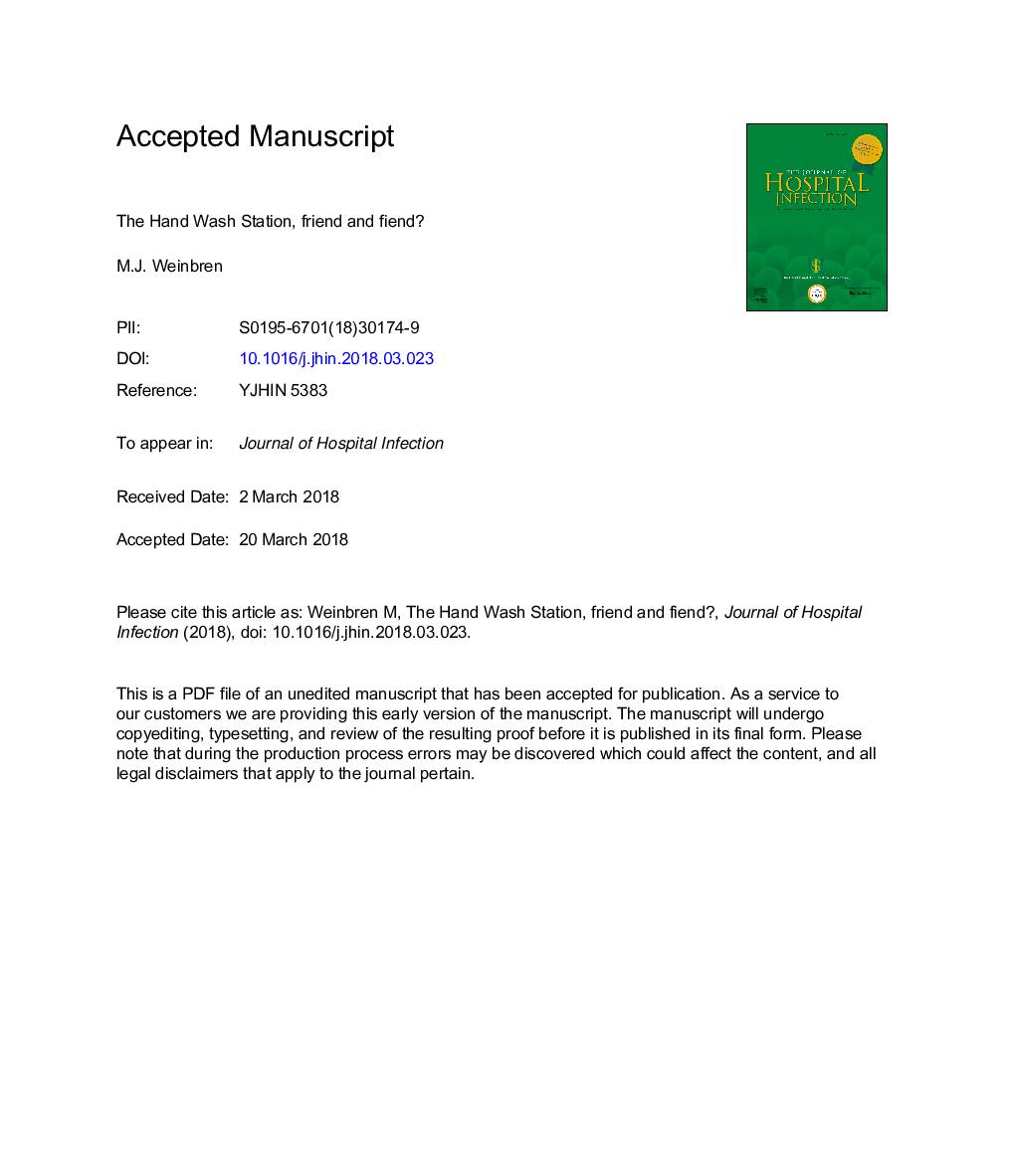| Article ID | Journal | Published Year | Pages | File Type |
|---|---|---|---|---|
| 10982669 | Journal of Hospital Infection | 2018 | 10 Pages |
Abstract
Handwashing is a key barrier to cross-infection performed at a handwash station (HWS, an interface between water and drainage systems). Widespread and often uncritical placement/design and use of HWSs is not without attendant risks. Recognition of the associated hazards went unheeded for over 45 years despite warnings in the literature, until the neonatal outbreak of pseudomonas in Belfast in 2012 forced change. Minimizing risk requires a holistic approach beyond the mere testing of water from the outlet of a HWS for the presence of Pseudomonas aeruginosa or other pathogens. Literature reports of outbreaks linked to HWSs outside of neonatal units are over-represented by multi-resistant organisms, and increasingly by carbapenemase-producing organisms. Evidence suggests that a large proportion of waterborne transmissions go undetected. Much could be done to improve current design, use and placement of HWSs, and this is assessed critically in this article.
Keywords
Related Topics
Life Sciences
Immunology and Microbiology
Applied Microbiology and Biotechnology
Authors
M.J. Weinbren,
